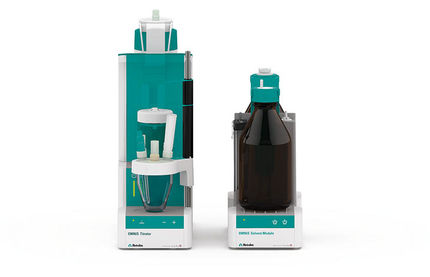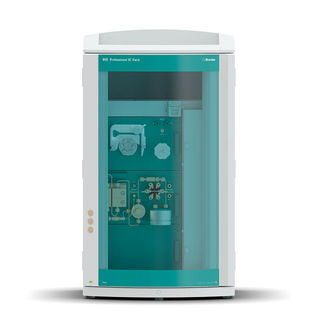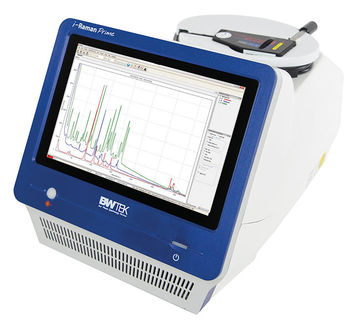To use all functions of this page, please activate cookies in your browser.
my.chemeurope.com
With an accout for my.chemeurope.com you can always see everything at a glance – and you can configure your own website and individual newsletter.
- My watch list
- My saved searches
- My saved topics
- My newsletter
Boron trioxide
Boron oxide is one of the oxides of boron. It is white, glassy, and solid, also known as diboron trioxide, formula B2O3. It is almost always found as the vitreose (amorphic) form; however, it can be crystallized after extensive annealing. It is one of the most difficult compounds known to crystallize. Product highlightGlassy boron oxide (α-B2O3) is thought to be composed of boroxol rings which are six-membered rings composed of alternating 3-coordinate boron and 2-coordinate oxygen. The rings make a few BO3 triangles, but mostly link (polymerize) into ribbons and sheets. (1,2) The crystalline form (B2O3) is exclusively composed of BO3 triangles and is almost half as hard as quartz, 4 GPa Vickers. This trigonal, quartz-like network undergoes a monoclinic, coesite-like transformation of BO4 tetrahedra at several gigapascals and is 9.5 GPa (3). Applications
See also
References
Categories: Boron compounds | Oxides | Acidic oxides | Inorganic compounds |
||||||||||||||||||||||||||||||||||||||||
| This article is licensed under the GNU Free Documentation License. It uses material from the Wikipedia article "Boron_trioxide". A list of authors is available in Wikipedia. | ||||||||||||||||||||||||||||||||||||||||







